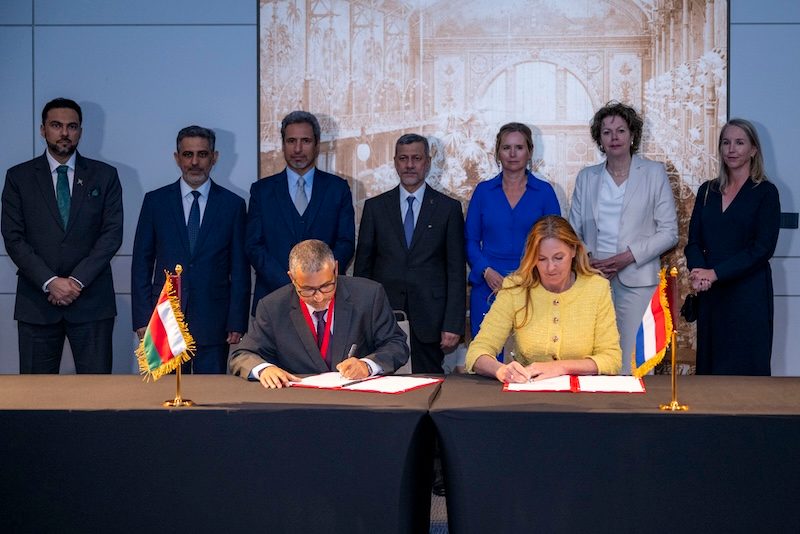Oman Signs Agreement for Liquefied Hydrogen Corridor to Europe
Key Ideas
- Oman signs agreement to build a liquefied hydrogen corridor with the Netherlands and Germany for exports to Europe, aiming to complete the project by 2030.
- The corridor will transport green hydrogen from Duqm port in Oman to Amsterdam port, then distribute it to logistics centers in Germany, leveraging specialized vessels for transportation.
- Oman plans to produce 1 million tonnes of renewable hydrogen per year by 2030 and aims for significant growth in production by 2050, potentially exceeding total hydrogen demand in Europe.
- Multiple entities, including Hydrom, OQ Group, Ecolog, and EnBW, are involved in the project to oversee production, infrastructure development, and transportation of liquefied hydrogen for European supply.
Oman has taken a significant step towards establishing a liquefied hydrogen corridor for exports to Europe with the signing of an official agreement to develop the project. The corridor, set to be completed by 2030, will serve as a direct export route for EU-compliant liquefied hydrogen from Duqm port in Oman to Amsterdam port, with further distribution to logistics centers in Germany. The project involves various entities such as Hydrom, OQ Group, Ecolog, and EnBW to oversee production, infrastructure development, and transportation through specialized vessels. OQ Group will be responsible for developing the liquefied hydrogen terminal and facilities like storage and export infrastructure to support the project. Furthermore, Oman aims to significantly ramp up its renewable hydrogen production, targeting 1 million tonnes per year by 2030 and ambitious goals for 2040 and 2050, potentially surpassing total hydrogen demand in Europe. With investments from various international companies and the utilization of advanced technology for transportation, this project signifies a major development in Oman's energy sector and its potential to become a key player in the green hydrogen market.
